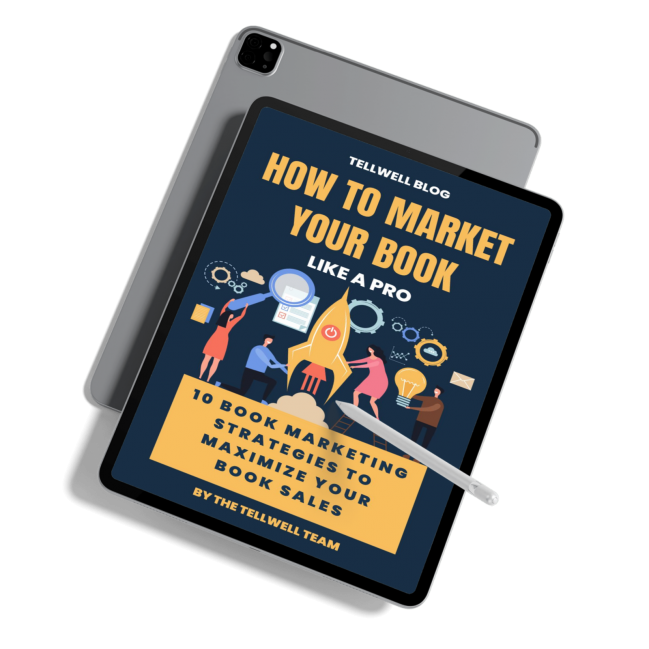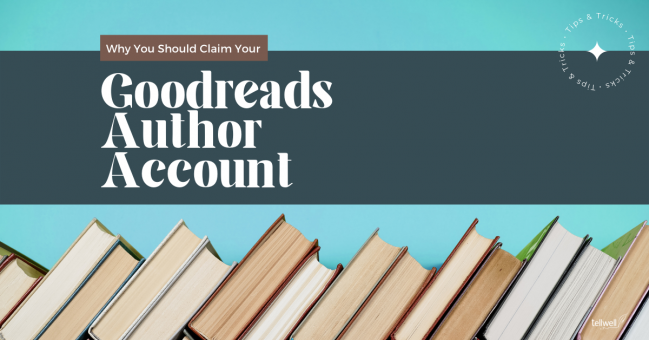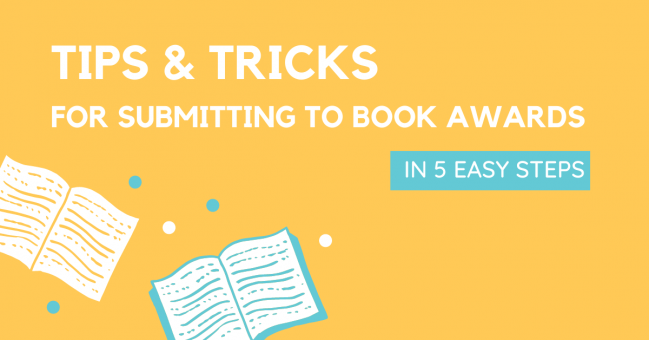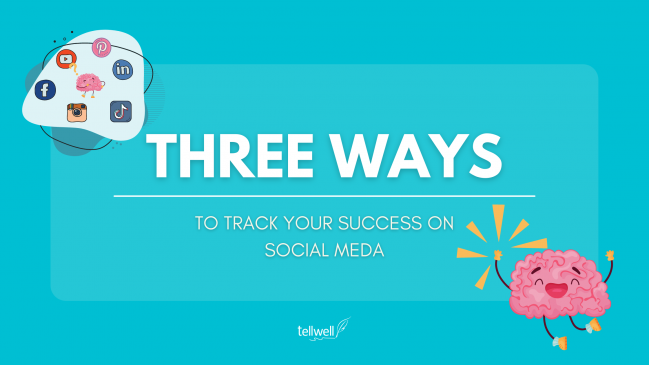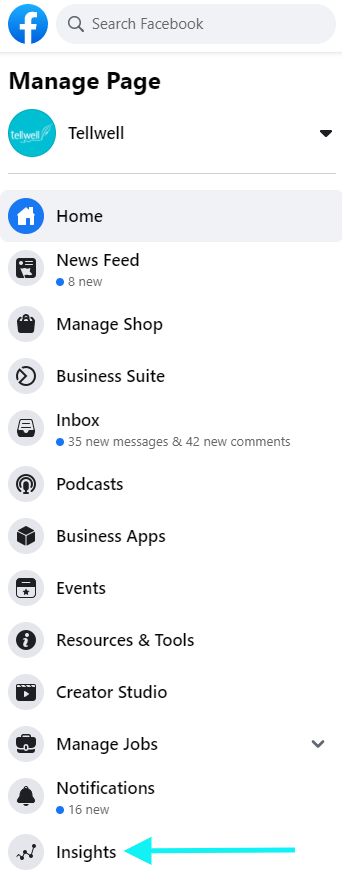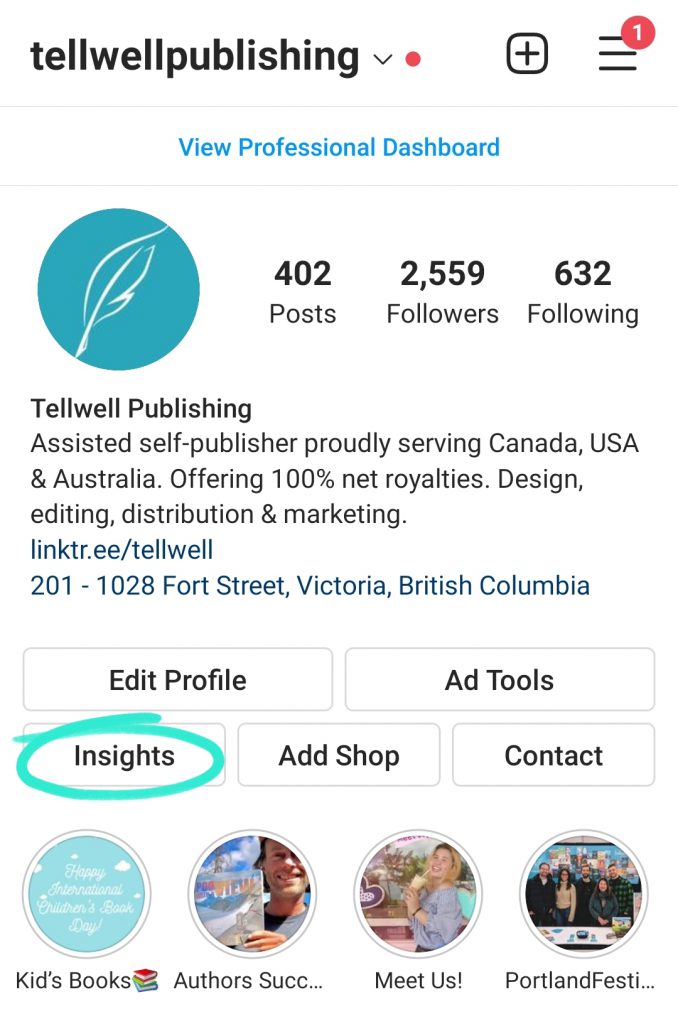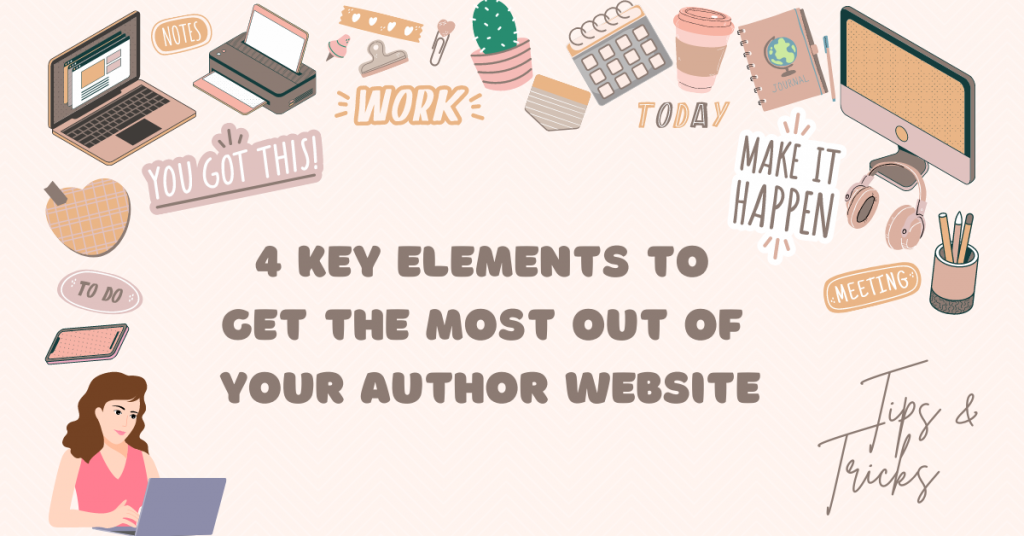Scoring a Hat-Trick as an Author: Writing a Trilogy That Wins Big
Avoid common pitfalls and craft a series that hooks readers from book 1 to the final page

Photo by Daniil Kondrashin 
Photo by Nikita Skripnik 
Photo by Craig Adderley
There’s nothing quite like the thrill of playoff season—and nothing quite like the anticipation of writing your dream book series. Authoring a series is a bold move and, like hockey’s iconic hat-trick, there’s something deeply satisfying about pulling off three strong books (or more!) that keep audiences cheering.
But just as no hockey star makes it to the top without strategy and discipline, series authors need more than creativity and ambition—they need a game plan. At Tellwell we love helping authors develop that winning strategy, and we’ve seen the challenges that can throw even the most passionate writers off their game.
So, whether you’re dreaming of a trilogy or plotting a ten-book saga, here are three common mistakes authors make when writing a series—and how to avoid them like a pro.
Mistake #1: Skating in Without a Character Arc
It’s tempting to jump into book 1 and let the story and characters unfold organically, especially for first-time writers. But without a clear vision for the series you could find yourself rewriting the first book halfway through book 3.
Why it Matters
Characters grow. Plotlines twist. Themes deepen. But if your first book doesn’t lay a strong foundation, the rest can feel shaky. That’s why we always recommend knowing how your characters will grow. It’s easy to imagine how a story impacts an audience, but what are the story’s effects on its own characters? They should experience meaningful growth.
Pro Tips to Score Big
- Create character sheets: Outline their core beliefs, internal struggles, and potential growth arcs. If each book features a different lead, show how they weave into the broader narrative.
- Map out major turning points: Know where your story starts, where it’s going, and how each book builds the momentum.
- Use contradictions: A character who’s loyal but craves freedom? That internal conflict can drive entire arcs if planned well.
Mistake #2: Saving All the Good Stuff for Later
If you’re promoting book 1 and someone asks, “What’s your favourite part of the story?” and you respond with something like, “Well, in book 2, which isn’t done yet . . .” you will have issues.
We get it. You’ve got amazing plot twists planned for book 2 and a jaw-dropping finale in book 3, but if book 1 doesn’t shine, readers probably won’t get there.
Why it Matters
Book 1 is your first impression—your handshake, your game opener. It has to hook readers, stand alone, and offer a satisfying story. If there’s no spark in the opening period, you won’t be making the playoffs.
Pro Tips to Score Big
- Build a self-contained plot within book one: It can tease future developments, but it must feel complete and satisfying.
- Include your favourite scenes: Don’t save the magic—use it to entice readers now.
- Test your pitch: If someone asks, “What’s your favourite part?” your answer should light up book 1, not a future draft.
Mistake #3: Forgetting to Market While You Write
We know many authors are deep in their manuscripts, and enjoy the writing process. But if no one knows book 1 exists, books 2 and 3 will be harder to push.
Why it Matters
Marketing is part of your storytelling journey. It helps readers discover you, builds anticipation, and makes book launches feel like events—not surprises.
Pro Tips to Score Big
- Start small: Even brief marketing sprints between drafts help build momentum.
- Keep book 1 in the spotlight: It’s the gateway to your series—giveaways, excerpts, and promo posts can all funnel new readers into your world.
- Think long game: Every reader who loves book 1 is a potential fan waiting to follow you through the whole series.
Final Whistle
Writing a series is a commitment, and a chance to build a world your readers never want to leave. With planning, pacing, and promotional power plays, you’ll be scoring your own author hat-trick in no time.
And remember: at Tellwell we love working with series authors. Whether you’re plotting your sequel or pitching a multi-book project, we’re here to coach, cheer, and champion your publishing goals.
Let’s make every book a winning goal!










